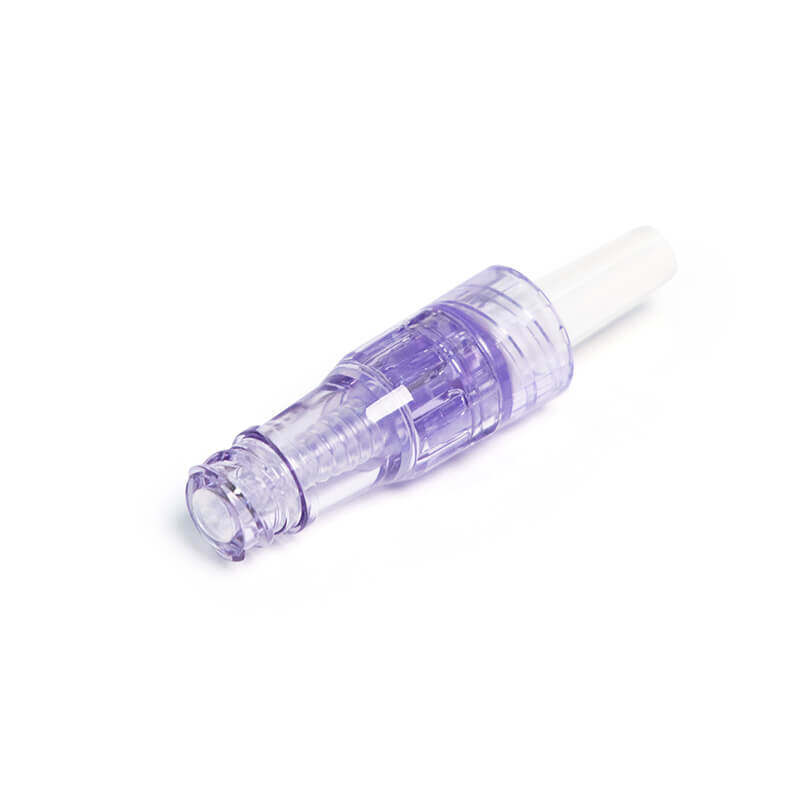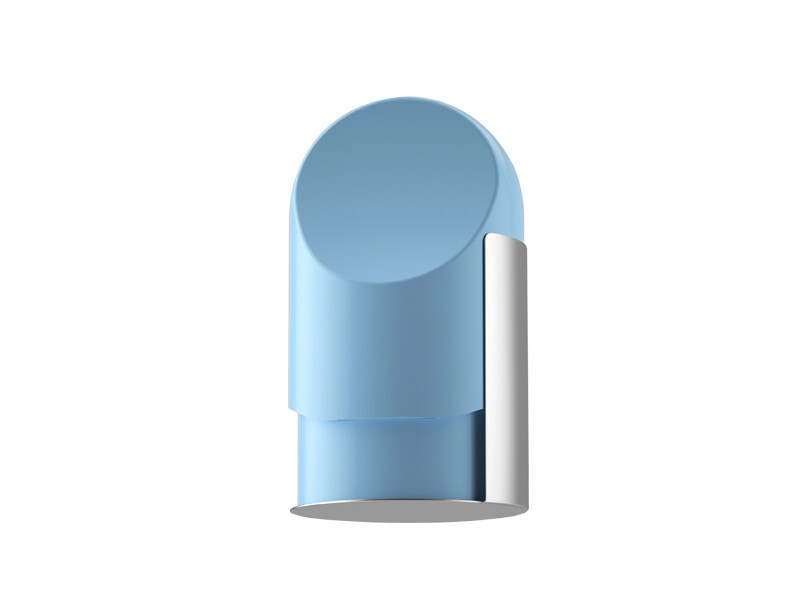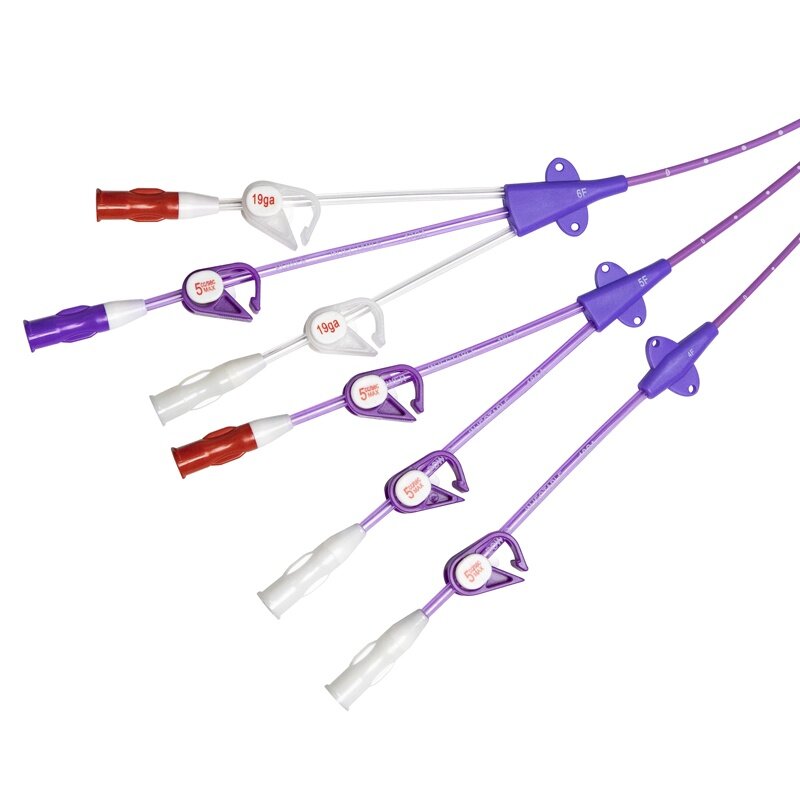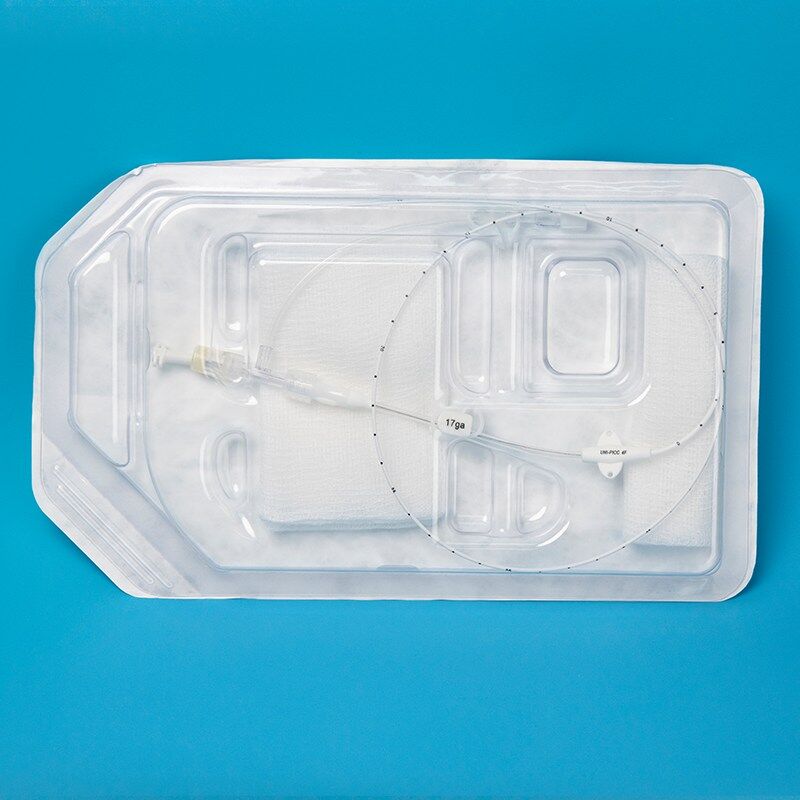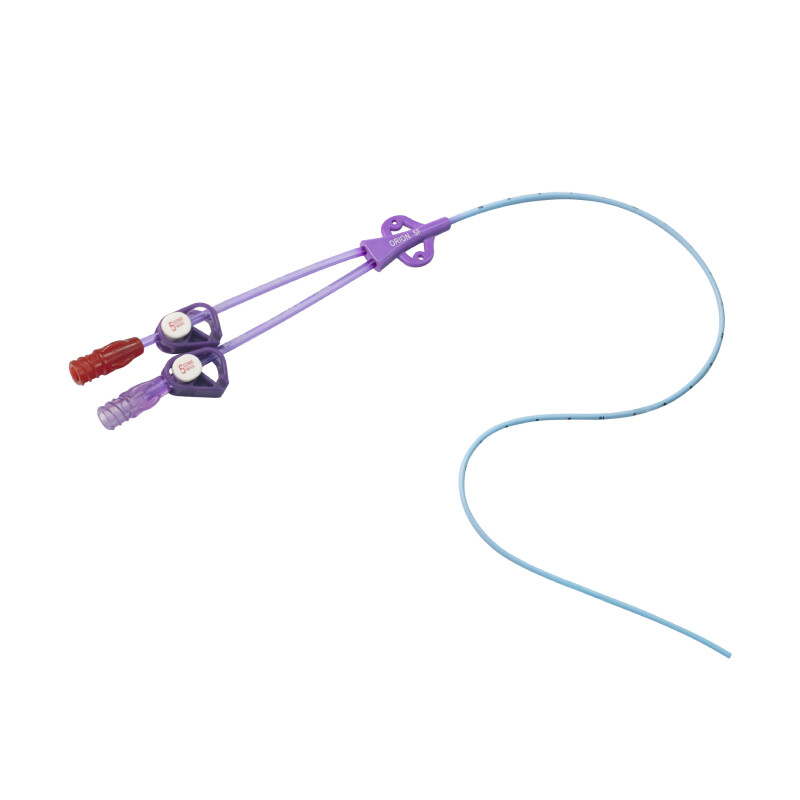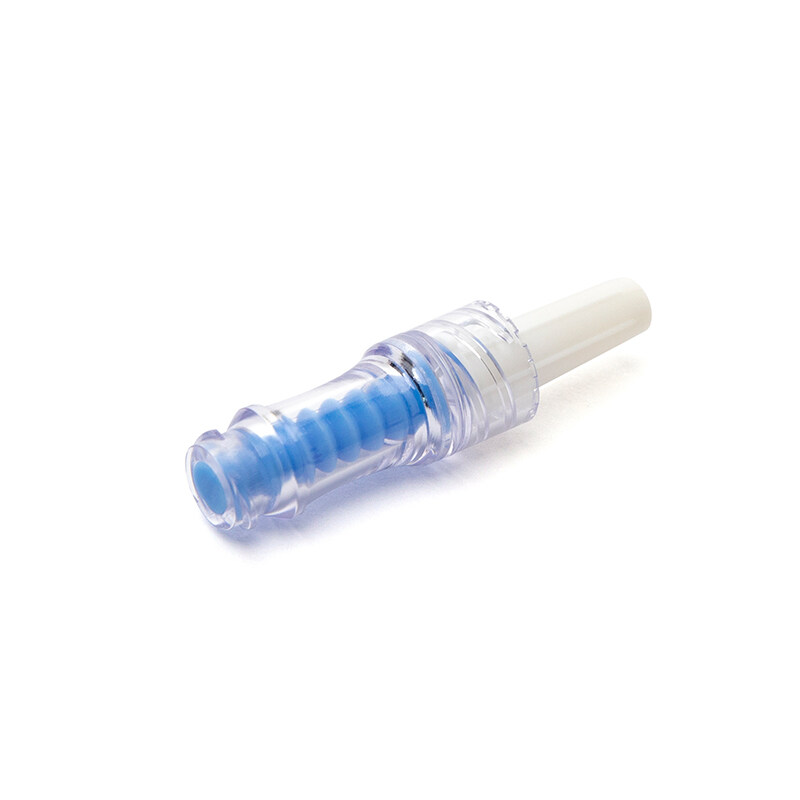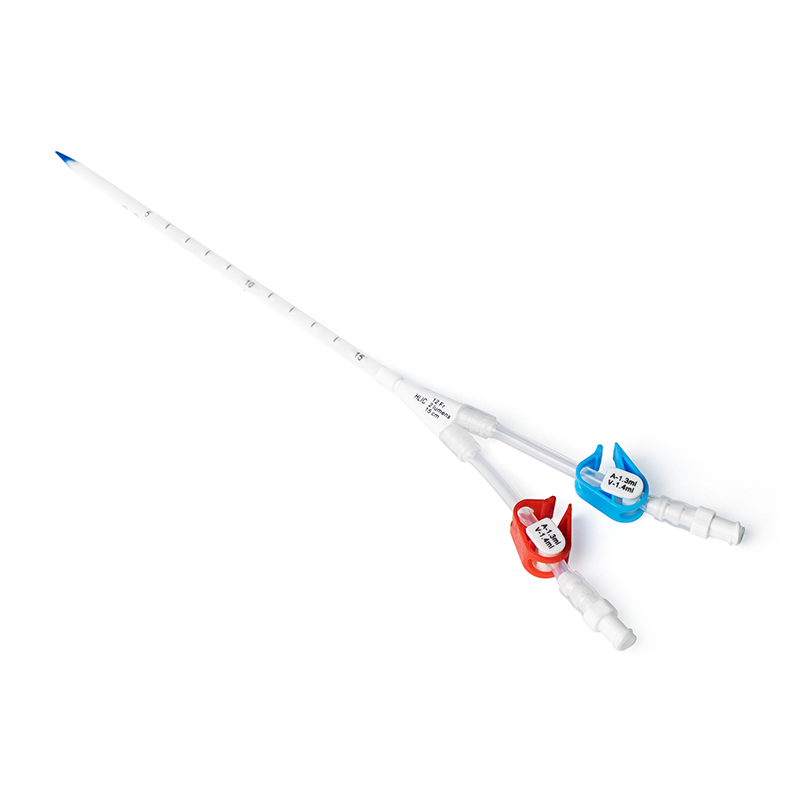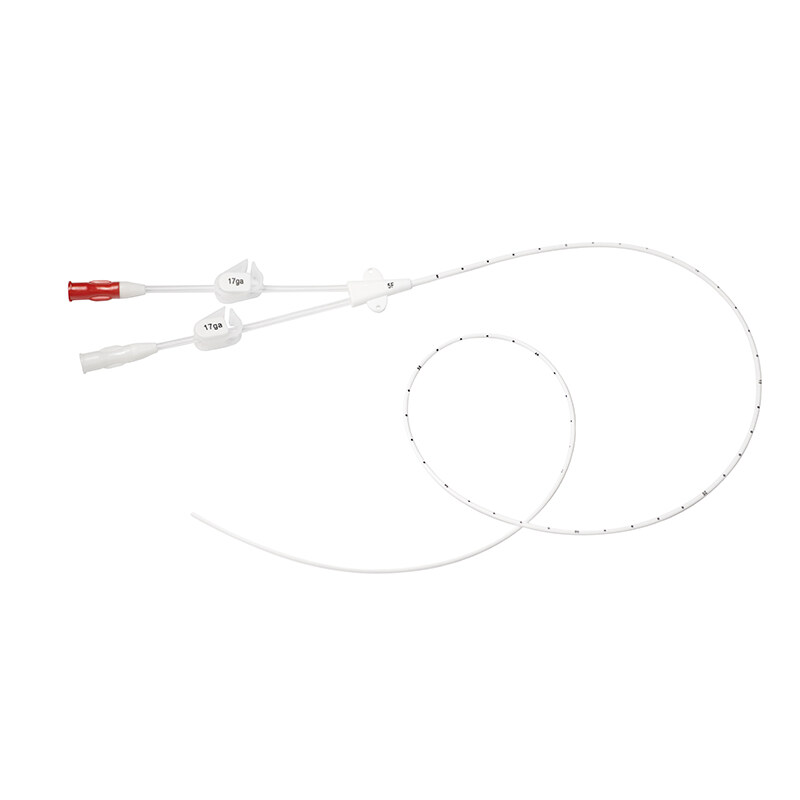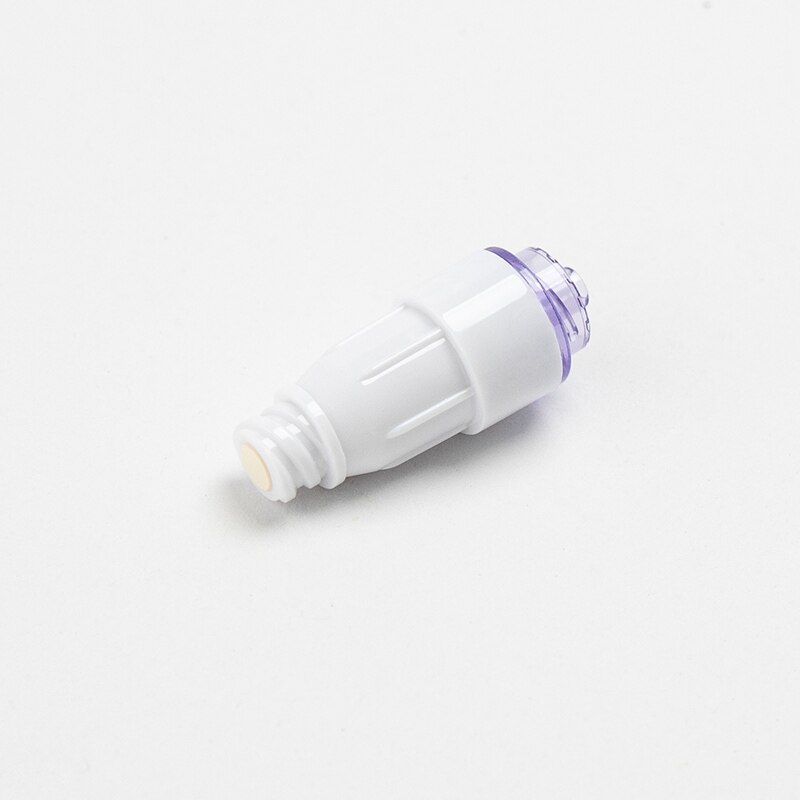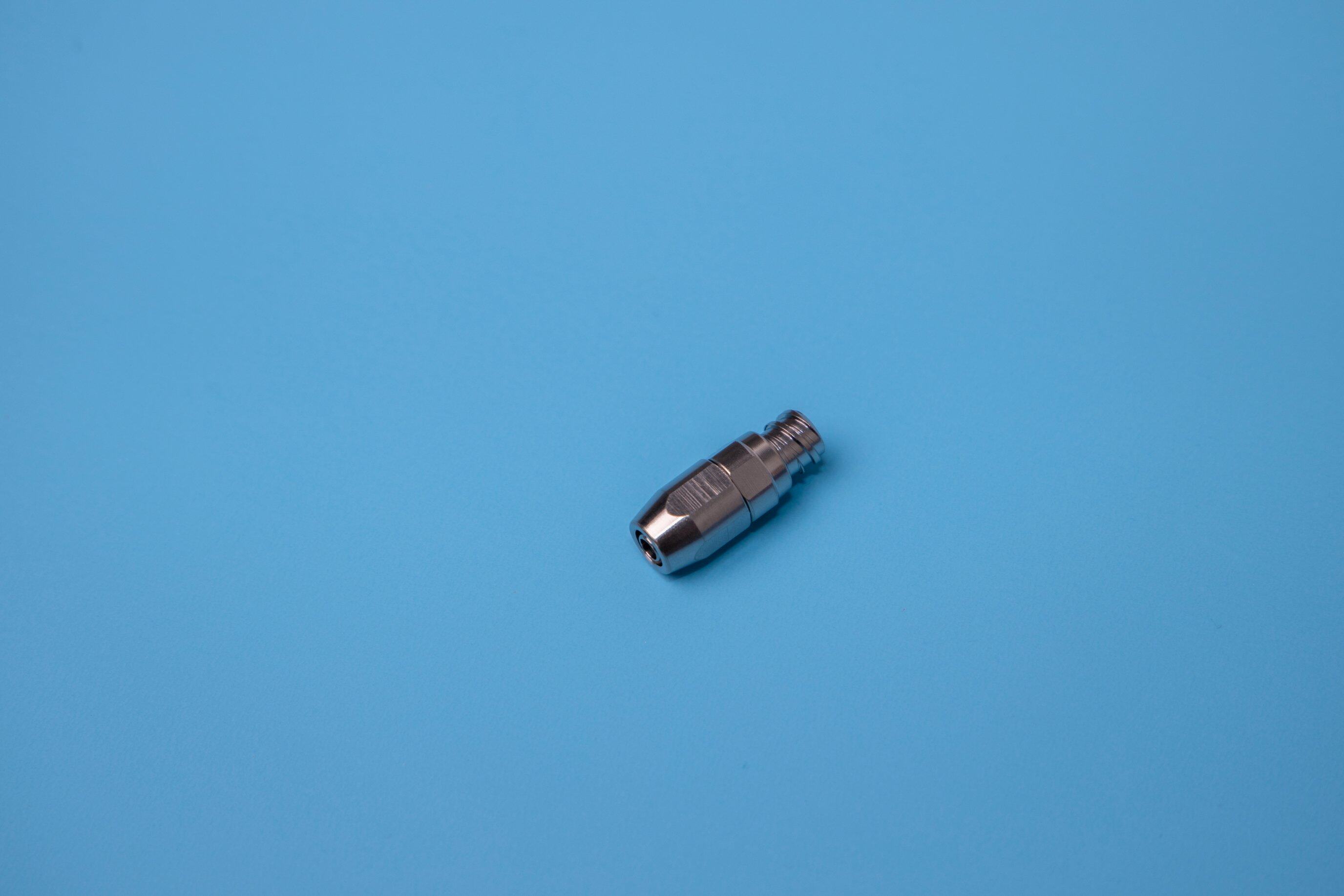central venous catheter medical definition
A central venous catheter is a type of medical device that is inserted into a large vein in the body, usually in the neck, chest, or groin, and advanced through the vein until it reaches a central location close to the heart.
It is used to deliver medication, fluids, or nutrition directly into the bloodstream, or to measure various parameters of the cardiovascular system, such as blood pressure or blood flow. Central venous catheters can also be used for blood sampling, dialysis, or to remove excess fluids from the body. They are typically used in hospital settings for patients who require frequent or long-term medical treatment.
What is a central venous catheter used for?
A central venous catheter is a thin, flexible tube that is inserted into a vein, usually below the right collarbone, and guided (threaded) into a large vein above the right side of the heart called the superior vena cava.
What are the types of central venous catheters?
The doctor will recommend the type of CVC you should have based on your situation and how long the CVC may be needed.
Three common types of CVC are a tunneled central venous catheter, a peripherally inserted central catheter, and a subcutaneous port.
There is still a lot to learn about central venous catheters, for example about the central venous catheter medical definition. Only with a better understanding of the central venous catheter medical definition can we make the most of its usefulness.
Where is the central venous catheter placed?
A Central venous catheter is used to give intravenous fluids, blood transfusions, chemotherapy, and other drugs.
A central venous catheter is an indwelling device that is peripherally inserted into a large, central vein, and advanced until the terminal lumen resides within the inferior vena cava, superior vena cava, or right atrium.
Haolang medical specializes in developing, manufacturing, and distributing a series of products for vascular access, infusion therapy, and infection control.
For questions about the central venous catheter, including the central venous catheter medical definition, you are always welcome to contact Haolang Medical to find out more.
Central venous catheters are usually inserted by a trained healthcare professional, such as a doctor or nurse, using sterile techniques to minimize the risk of infection. There are different types of central venous catheters, including single-lumen, double-lumen, or triple-lumen catheters, depending on the number of separate channels within the device. Some catheters have special features, such as a subcutaneous port that can be accessed with a needle from outside the skin, or a hemodialysis catheter that can be used for blood purification in patients with kidney failure.
Although central venous catheters are generally safe and effective, they do carry some risks, such as infection, bleeding, thrombosis (clotting), air embolism (air bubbles in the bloodstream), or catheter malposition (misplacement). Patients with a central venous catheter require careful monitoring for signs of complications, such as fever, pain, swelling, redness at the insertion site, or changes in vital signs.
If a central venous catheter is no longer needed, it can be removed by a healthcare professional using a similar technique as for insertion. Proper disposal of the catheter and associated materials is important to prevent injury or infection to healthcare workers or the environment.

